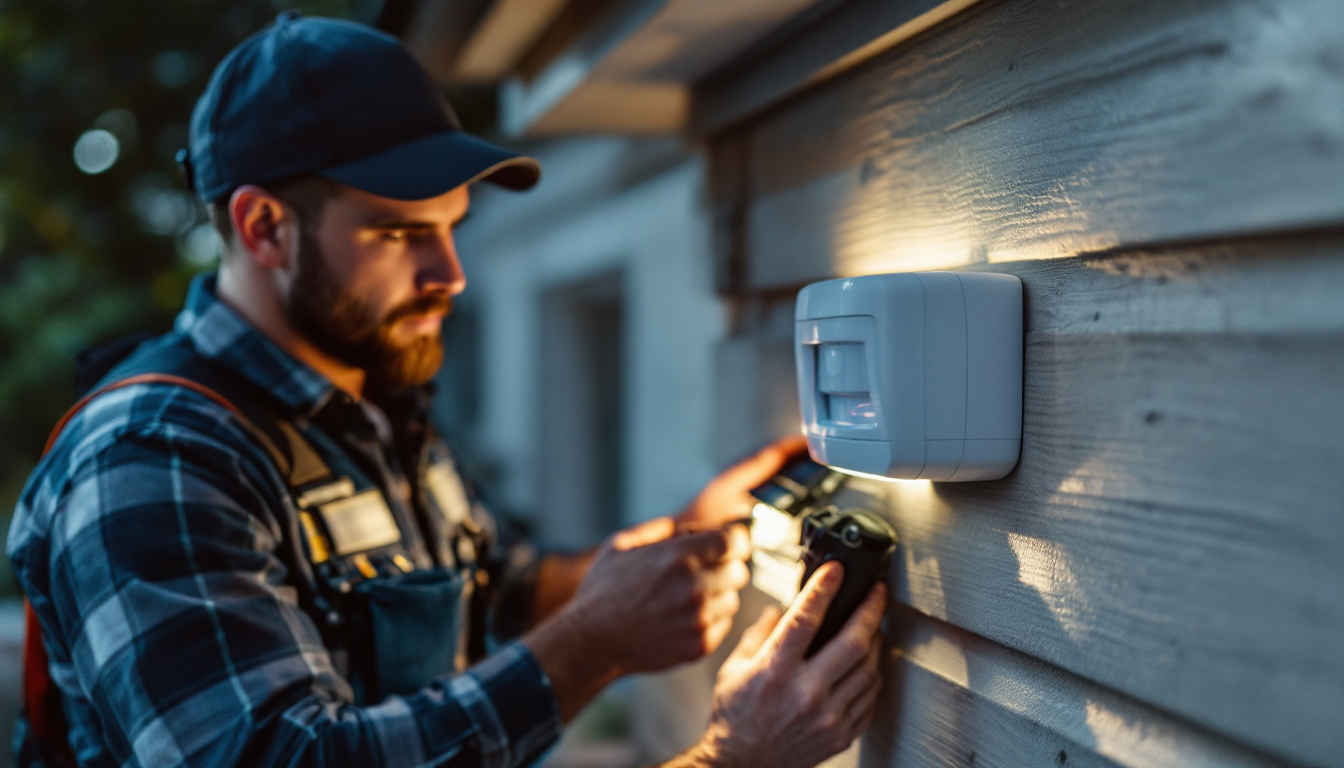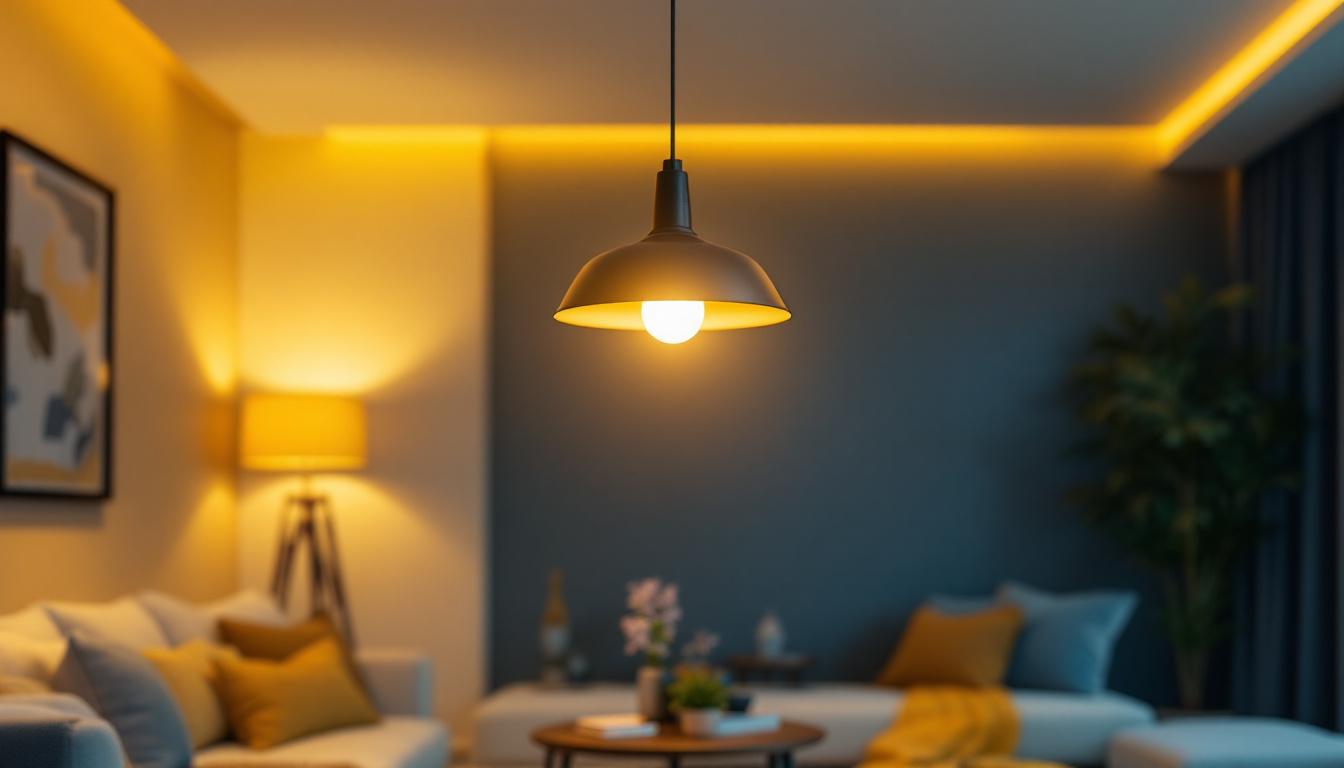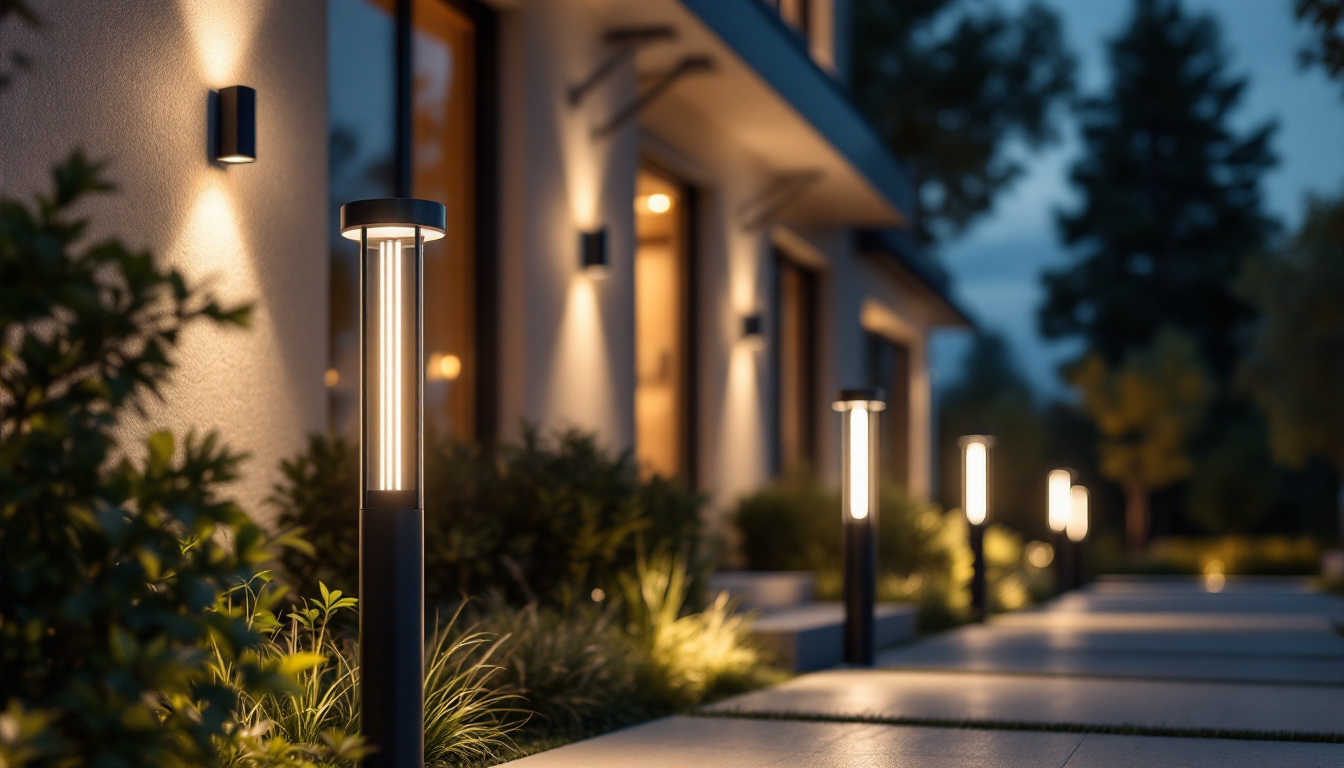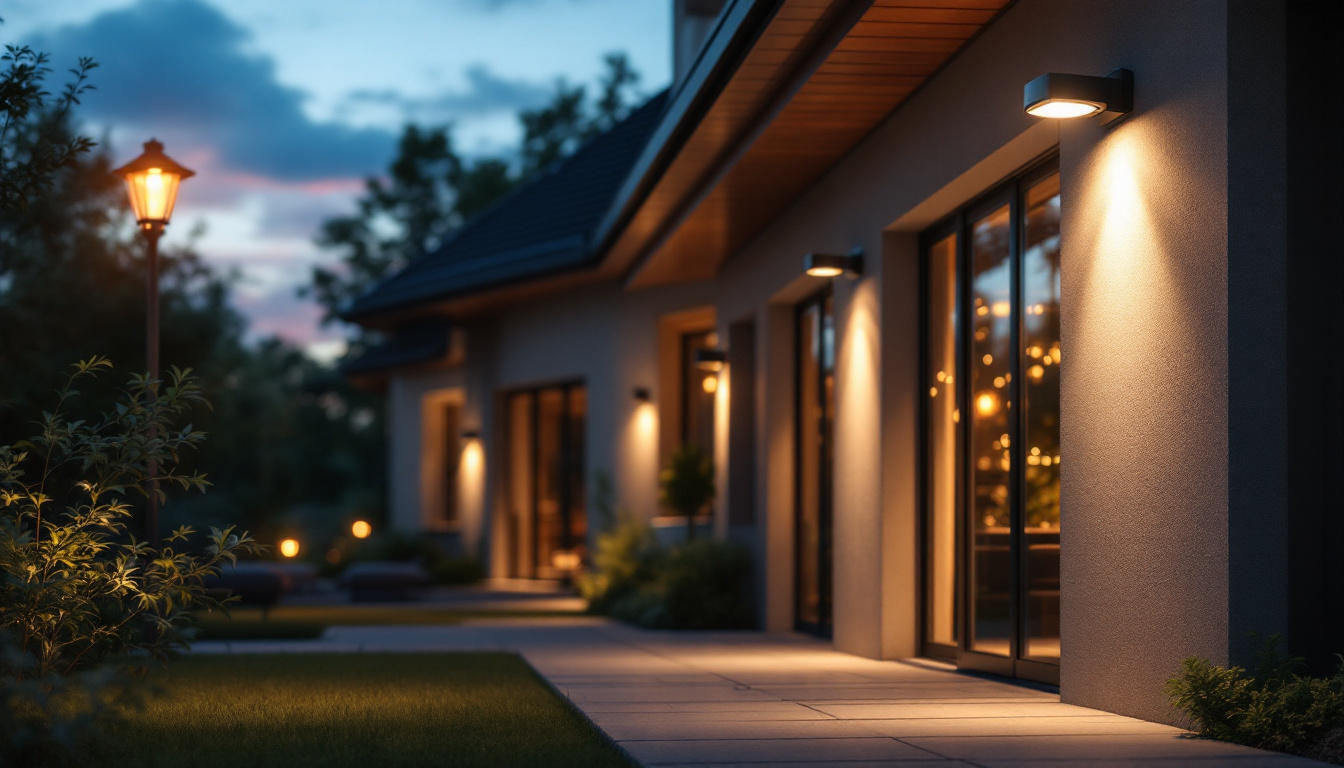
As the demand for security solutions continues to rise, outside motion sensor alarms have become an integral component of modern lighting projects. These devices not only enhance security but also play a significant role in energy efficiency and user convenience. For lighting contractors, understanding the implications of incorporating motion sensor alarms into their projects is essential for delivering comprehensive and effective solutions to clients.
Motion sensor technology has evolved significantly over the years, moving from basic systems that simply detect movement to sophisticated devices that can differentiate between various types of movement. This evolution has made motion sensors more reliable and versatile, allowing them to be seamlessly integrated into lighting systems.
At the core of motion sensor technology are infrared sensors, ultrasonic sensors, and dual-technology sensors. Infrared sensors detect heat emitted by objects, making them ideal for outdoor use where they can monitor the presence of people or animals. Ultrasonic sensors, on the other hand, emit sound waves and measure the time it takes for the waves to bounce back, detecting movement based on changes in the sound pattern.
Dual-technology sensors combine both infrared and ultrasonic technologies to minimize false alarms and enhance detection accuracy. This combination is particularly beneficial for outdoor applications where environmental factors can trigger unwanted alerts. Additionally, advancements in machine learning algorithms have allowed these sensors to adapt to their surroundings, learning to distinguish between normal activity and potential threats, thereby further reducing false positives and increasing reliability.
For lighting contractors, the integration of motion sensor alarms into projects offers numerous benefits. Firstly, these systems can significantly reduce energy consumption by ensuring that lights are only activated when necessary. This not only lowers utility costs for clients but also contributes to environmentally friendly practices. As energy efficiency becomes a priority for both homeowners and businesses, contractors who incorporate these technologies into their designs can position themselves as leaders in sustainable solutions.
Moreover, the installation of motion sensor alarms can enhance the overall security of a property. Clients are increasingly seeking solutions that provide peace of mind, and the addition of motion sensors can be a selling point for contractors. By offering a comprehensive lighting and security solution, contractors can differentiate themselves in a competitive market. Furthermore, the integration of smart technology with motion sensors allows for remote monitoring and control via smartphones, giving clients added convenience and control over their environments. This capability not only appeals to tech-savvy customers but also opens up new avenues for contractors to provide ongoing support and upgrades, fostering long-term relationships with clients.
Integrating motion sensor alarms into lighting projects requires careful planning and design considerations. Contractors must take into account the specific needs of the client, the layout of the property, and the characteristics of the motion sensors themselves.
Understanding the client’s requirements is crucial in determining the appropriate type and placement of motion sensors. Factors such as the level of security desired, the areas that require monitoring, and the types of activities that typically occur on the property will influence the design. For instance, a residential client may require different solutions compared to a commercial establishment.
Additionally, contractors should consider the client’s lifestyle and habits. For example, if the client frequently entertains guests outdoors, it may be necessary to adjust the sensitivity settings of the motion sensors to prevent false alarms triggered by guests moving around.
Moreover, it’s important to engage in open communication with the client to discuss their concerns and preferences. Some clients may prioritize aesthetics, wanting the sensors to blend seamlessly with their existing décor, while others may focus solely on functionality. By understanding these nuances, contractors can provide tailored solutions that not only meet security needs but also enhance the overall ambiance of the property.
The placement of motion sensors is a critical aspect of their effectiveness. Sensors should be installed in locations that maximize their coverage while minimizing the risk of obstructions. Common areas for sensor placement include driveways, entry points, and pathways leading to the home or building.
It is also essential to consider environmental factors that could affect sensor performance. For instance, trees, shrubs, and other landscaping features may obstruct the sensor’s line of sight, leading to reduced effectiveness. Contractors should conduct thorough site assessments to identify potential obstacles and determine the optimal placement for each sensor.
In addition to physical obstructions, contractors should also be mindful of the potential for environmental changes over time. For example, as plants grow or new structures are built nearby, the effectiveness of previously installed sensors may diminish. Regular maintenance checks and adjustments may be necessary to ensure that the motion sensors continue to function optimally. Furthermore, integrating technology such as smart home systems can allow for real-time monitoring and adjustments, providing an added layer of convenience and security for the client.
Once the design and placement have been determined, the installation phase begins. Proper installation is vital to ensure that the motion sensor alarms function as intended and provide the desired level of security.
Motion sensors can be hardwired or wireless, and the choice between the two will depend on the specific project requirements. Hardwired systems typically offer more reliability and are less susceptible to interference, while wireless systems provide greater flexibility in terms of placement.
When installing hardwired systems, contractors must ensure that wiring is concealed and protected from the elements to prevent damage. For wireless systems, it is crucial to verify that the sensors are within the effective range of the receiver to maintain a strong connection.
After installation, thorough testing and calibration of the motion sensors are essential. This process involves adjusting the sensitivity settings to ensure that the sensors accurately detect movement without triggering false alarms. Contractors should conduct tests during different times of the day and under various environmental conditions to assess the sensors’ performance.
Additionally, educating clients on how to use and maintain the motion sensor alarms is an important step in the installation process. Providing clear instructions on adjusting settings and troubleshooting common issues can enhance the overall user experience and satisfaction.
While the integration of motion sensor alarms into lighting projects offers numerous benefits, there are also challenges that lighting contractors may encounter. Understanding these challenges can help contractors prepare and adapt their strategies accordingly.
outdoor environments can be unpredictable, and various factors may affect the performance of motion sensors. Weather conditions, such as rain, snow, and temperature fluctuations, can impact sensor sensitivity and reliability. Contractors should select motion sensors that are specifically designed for outdoor use and are rated for various environmental conditions.
Additionally, wildlife can trigger motion sensors, leading to false alarms. Contractors may need to consider using sensors with adjustable sensitivity settings or those that can differentiate between human and animal movement to mitigate this issue.
Clients may have high expectations regarding the performance of motion sensor alarms, often influenced by marketing claims. It is vital for contractors to set realistic expectations and educate clients on the limitations of the technology. This includes discussing factors that may affect performance, such as sensor placement and environmental conditions.
By providing clients with a clear understanding of how motion sensors work and what to expect, contractors can foster trust and satisfaction, ultimately leading to positive referrals and repeat business.
The field of motion sensor technology is constantly evolving, with new advancements emerging regularly. For lighting contractors, staying informed about future trends can provide a competitive edge and enhance project offerings.
As smart home technology continues to gain popularity, the integration of motion sensor alarms with smart home systems is becoming increasingly common. This integration allows homeowners to control their lighting and security systems remotely, providing greater convenience and peace of mind.
Contractors should consider offering solutions that are compatible with popular smart home platforms, allowing clients to customize their security settings and receive real-time alerts on their mobile devices. This added functionality can significantly enhance the value of the lighting projects and attract tech-savvy clients.
Future advancements may also include enhanced analytics and reporting capabilities for motion sensor alarms. These features could provide valuable insights into movement patterns, allowing homeowners to make informed decisions about their security and lighting needs.
Contractors who can leverage these analytics to offer tailored recommendations and improvements will likely stand out in a crowded market. Providing clients with data-driven insights can enhance their overall experience and satisfaction with the installed systems.
Outside motion sensor alarms are transforming the landscape of lighting projects, offering numerous benefits in terms of security, energy efficiency, and user convenience. For lighting contractors, understanding the technology, design considerations, installation best practices, and future trends is essential for delivering successful projects that meet client needs.
By embracing the integration of motion sensor alarms into their offerings, contractors can enhance their value proposition and differentiate themselves in an increasingly competitive market. As technology continues to evolve, staying informed and adaptable will be key to thriving in this dynamic industry.
Ready to elevate your lighting projects with the latest in motion sensor technology? At LumenWholesale, we provide lighting contractors with the highest quality, spec-grade lighting products at unbeatable wholesale prices. Say goodbye to local distributor markups and hello to superior lighting solutions that meet the highest industry standards. With our extensive selection, free shipping on bulk orders, and commitment to affordability and convenience, you can ensure your projects shine with reliability and high performance. Don’t compromise on quality or cost. Take the next step in enhancing your lighting projects by visiting Wholesale Lighting at the Best Value today.

Discover how ceiling pendant light fixtures can transform your space from ordinary to extraordinary.

Discover how exterior post lights can enhance efficiency for lighting contractors, offering innovative solutions and energy-saving benefits.

Discover the transformative impact of LED track lighting on modern lighting projects.

Illuminate your property with confidence using expert insights from lighting contractors.